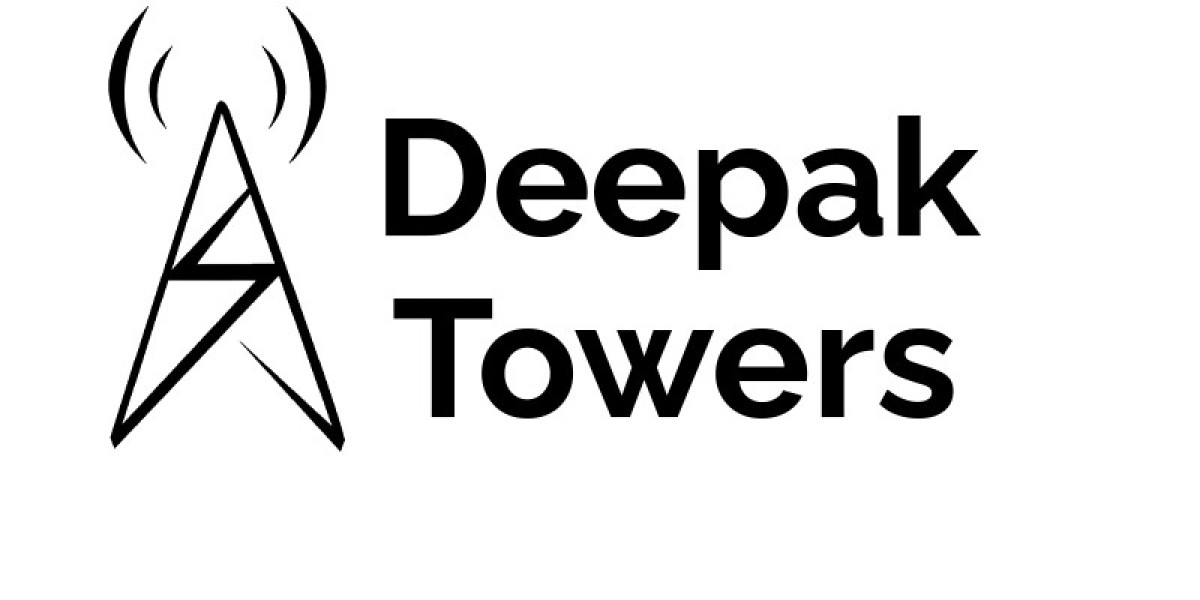In today’s rapidly advancing technological landscape, the importance of a reliable and efficient power supply cannot be overstated. Key components of our electrical infrastructure, such as electric transmission towers and substation power transformers, play a vital role in ensuring the smooth delivery of electricity from power plants to consumers. In this blog, we will explore the functions, significance, and technologies behind these essential components, while highlighting how companies like Deepak Towers are leading the way in this critical sector.
Electric Transmission Towers: The Backbone of Power Distribution
Electric transmission towers, also known as power towers or pylons, are tall structures designed to support overhead power lines. These towers facilitate the long-distance transmission of high-voltage electricity from generation facilities to substations, where the voltage is transformed for local distribution.
Functions of Electric Transmission Towers
Support Overhead Lines: Transmission towers provide structural support for high-voltage power lines, ensuring they remain suspended above the ground to prevent contact with people, vehicles, or animals.
Voltage Regulation: By allowing high-voltage transmission, these towers help minimize energy loss over long distances. This is crucial because higher voltage levels reduce the current flowing through the lines, thereby minimizing resistive losses.
Safety and Stability: The design of transmission towers ensures they can withstand various environmental factors, such as wind, snow, and seismic activity. This stability is vital for maintaining a reliable power supply.
Types of Electric Transmission Towers
Electric transmission towers come in various designs, depending on their specific applications and the voltage levels they support:
Lattice Towers: These are the most common type, characterized by their triangular or square lattice structure. They provide excellent strength and stability while minimizing wind resistance.
Monopole Towers: Made from a single pole, these towers are often used in urban areas where space is limited. They are less visually intrusive and easier to install than lattice towers.
Guyed Towers: Supported by guy wires, these towers are taller and often used for higher voltage transmission lines. They require more space but offer excellent height and stability.
Substation Power Transformers: The Heart of Power Distribution
Once the high-voltage electricity reaches a substation, it needs to be transformed into a lower voltage suitable for distribution to homes and businesses. This is where substation power transformers come into play.
Functions of Substation Power Transformers
Voltage Transformation: Transformers adjust the voltage levels of electricity, stepping down the high voltages from transmission lines to lower levels for safe distribution.
Load Balancing: They help manage the electrical load across the distribution network, ensuring that power is distributed efficiently and evenly to meet demand.
Isolation: Transformers provide electrical isolation between high-voltage and low-voltage systems, enhancing safety for both equipment and personnel.
Types of Substation Power Transformers
Several types of transformers are used in substations, including:
Step-Down Transformers: These transformers decrease the voltage from transmission levels to distribution levels, making electricity safe for use in homes and businesses.
Autotransformers: Used for efficient voltage regulation, these transformers have a single winding that serves as both the primary and secondary winding.
Phase-Shifting Transformers: These are used to manage power flow between different transmission lines, helping balance loads and improve system reliability.
The Role of Deepak Towers
As a leading player in the field, Deepak Towers specializes in manufacturing high-quality electric transmission towers and substation power transformers. With a commitment to innovation and sustainability, they provide solutions that meet the growing demands of the energy sector. Their products are designed to withstand the toughest environmental conditions while ensuring optimal performance and reliability.
Conclusion
Electric transmission towers and substation power transformers are crucial components of our electrical infrastructure. They work together to ensure that electricity is transmitted safely and efficiently from power plants to consumers. Understanding their roles and functions can help us appreciate the complexity of the power distribution system that supports our daily lives. For top-notch electric transmission towers and transformers, look no further than Deepak Towers—your partner in building a sustainable and reliable energy future.








